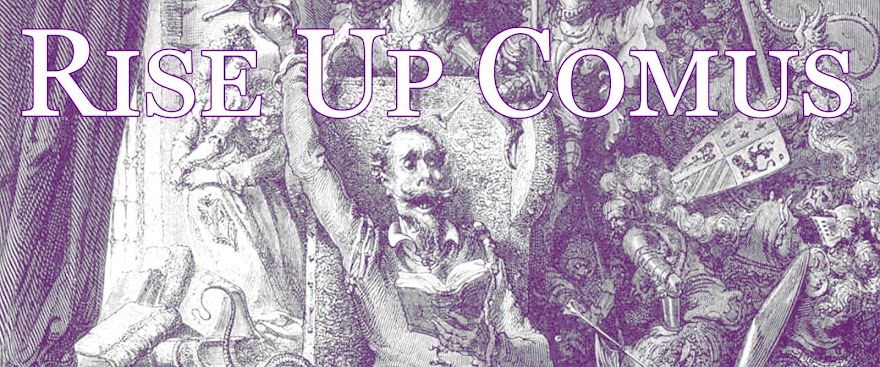I have some exciting news to share: I have been brought on board as the editor-in-chief of Knock! magazine moving forward.
Eric Nieudan, the once and future editor-in-chief, is still very Merry and Mushmany. He has just brought me on so he can focus on the other Merry Mushmen projects. (Speaking of, I really enjoyed the free playtest of Dungeon, Inc., where players play the dungeon's monsters endlessly cleaning up and resetting traps for rude adventurers.)
By the way: I'd love to see you on the Merry Mushmen Discord. Come chat with us about games!
New Submission Portal
Since I'm coming into this role as an erstwhile contributor to Knock!, I wanted to make sure the submission process was smooth and simple. To this end, I've made a new submission portal on the Merry Mushmen website:
 |
| Now taking submissions for Knock! 5 and 6 |
The Workflow
Submission
If you have an article, a dungeon, a class, a random table, a magic item, a trap, etc. that you want to submit, we've love to see it! Because we might be able to use one thing but not another, please only submit one thing at a time, but feel free to submit as much as you want.
Two big things here:
- We need your name as you want to see it in print.
- We need your email so we can talk to you if we decide to accept your submission.
Because everything will be pulled into our chaotic neutral layout by Olivier the Layout Lord, plain text format is preferred. If you have a specific graphic that is needed to make the piece work (like a hand-drawn map for a dungeon), please submit that too.
Pondering the Orb
We will ponder everything we receive.
Because Knock! is a kaleidoscope of content, we might take one thing or another (sometimes leaving things we really love on the cutting-room floor). The book works because it's a collage of lots of different things, so we value variety. If a piece is rejected, you can submit it again a bit later and we'll see if it fits in better with a future volume.
Editing
If accepted, I'll place the text into a Google Doc and make edits for our house style and for print/space considerations.
Author Approval
I'll email you a copy of the Google Doc so you can see the tracked changes. Accept them or push back to make the changes better. Let's talk about the piece!
Layout
Once everything sounds good to both the editor and submitter, we'll pass things on to Olivier, High Graphic Artist. He'll make the words look good.
Manic Last Touches
Of course, putting everything together into a magazine is a near endless series of edits, re-edits, typos, touchups, collapsing, expanding, inserting, moving. We'll be fitting everything together until the book is ready to print. If we need anything else from you, we'll make sure to reach back out.
Prep for the Campaign
Once the book is mostly assembled and we're prepping the crowdfunding campaign, we'll reach out to all contributors to get details for payment and to get final sign off.
20 hours left on the Knock! 4 Kickstarter
 |
| Don't miss out! |
The Knock! 4 Kickstarter is in the home stretch with just 20 hours left. If you haven't already backed, don't miss out on completing your collection.
(I am just a contributor on this volume, but my "1937 Hobbit as a Setting" post made its way in, so I am very excited.)






%20by%20Caitlin%20Reid.png)





